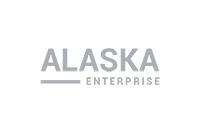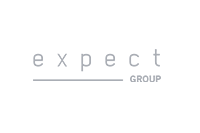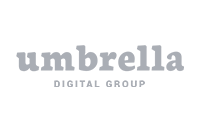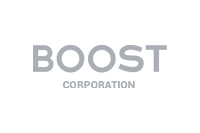Choose the Perfect Plan
Price & Plans
Taught by Associate Professor Emily Richmond Pollock, this course overviews the musical styles and techniques developed over the past 115+ years.

Basic
$5
/month
Taught by Professor Berggren, this electrical engineering course surveys techniques to fabricate and analyze submicron and nanometer structures.
1 users
10 courses
Team
$50
/month
Taught by Professor Andrea Campbell, this course examines the historical development and politics of social policy in the United States.
5 users
100 courses
Enterprise
$150
/month
Taught by Professor Andrea Campbell, this seminar investigates mass and elite political behavior in the United States.
10 users
Unlimited courses
As part of the Open Learning Library (OLL), this course is free to use. You have the option to sign up and enroll if you want to track your progress, or you can view and use all the materials without enrolling. Resources on OLL allow learners to learn at their own pace while receiving immediate feedback through interactive content and exercises.
Inclusive Teaching Module
The Inclusive Teaching Module is both a standalone online resource for those looking to explore materials related to inclusive teaching as well as an integral part of a blended workshop available to use at your own institution. If you are looking to facilitate a blended workshop using this material, please download the Facilitation Guide and Appendix files to get started!
Many Major Companies Trust Us
Learners look behind the scenes of political participation, political inequality, elections, voting behavior, and political organizations.




